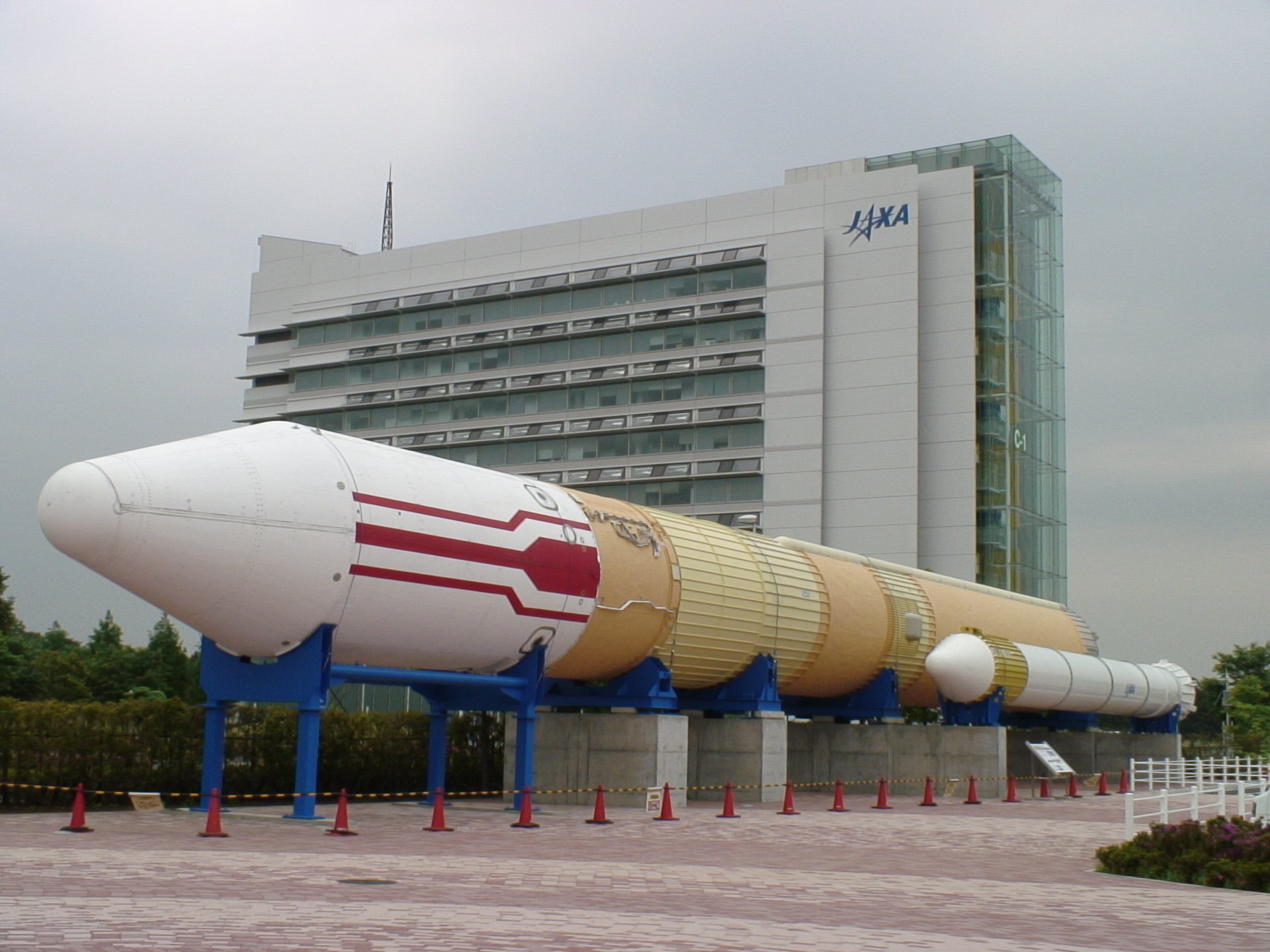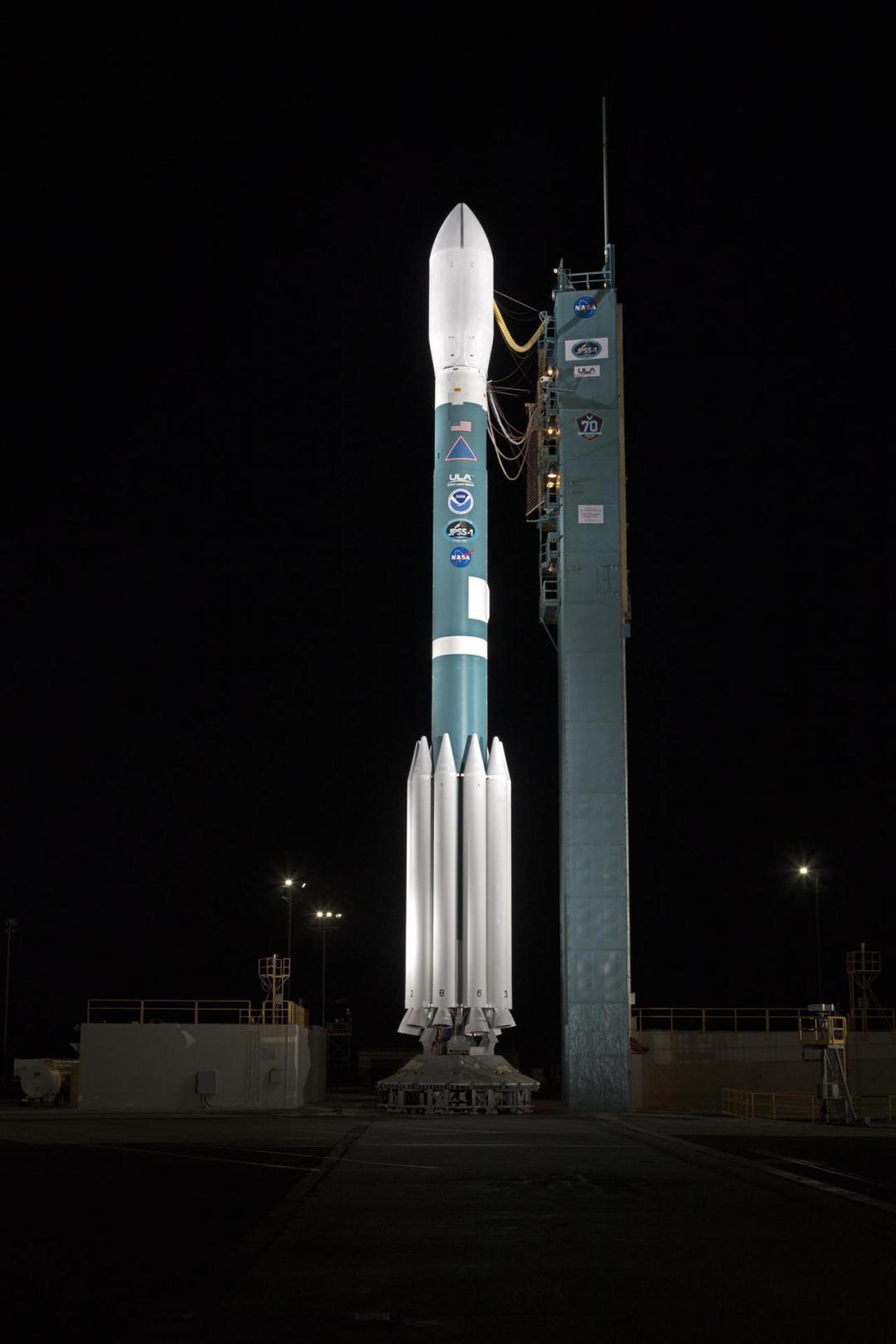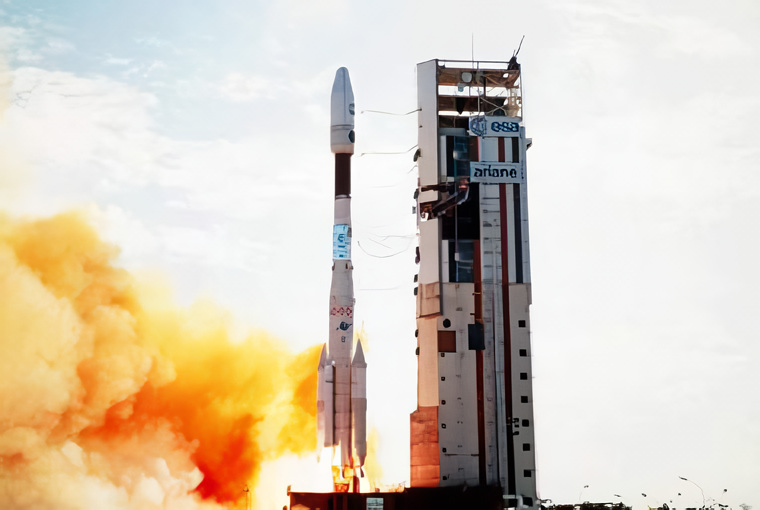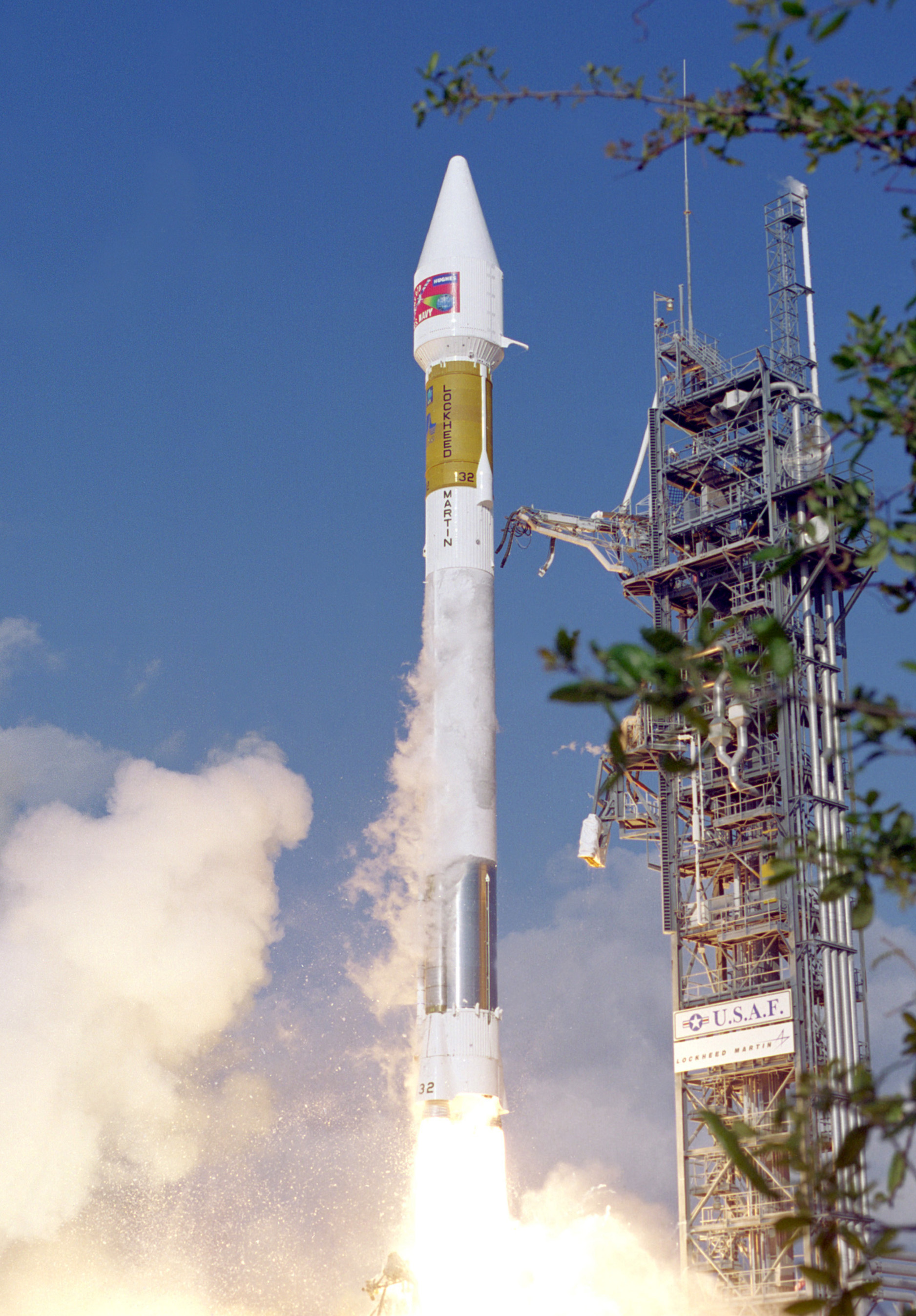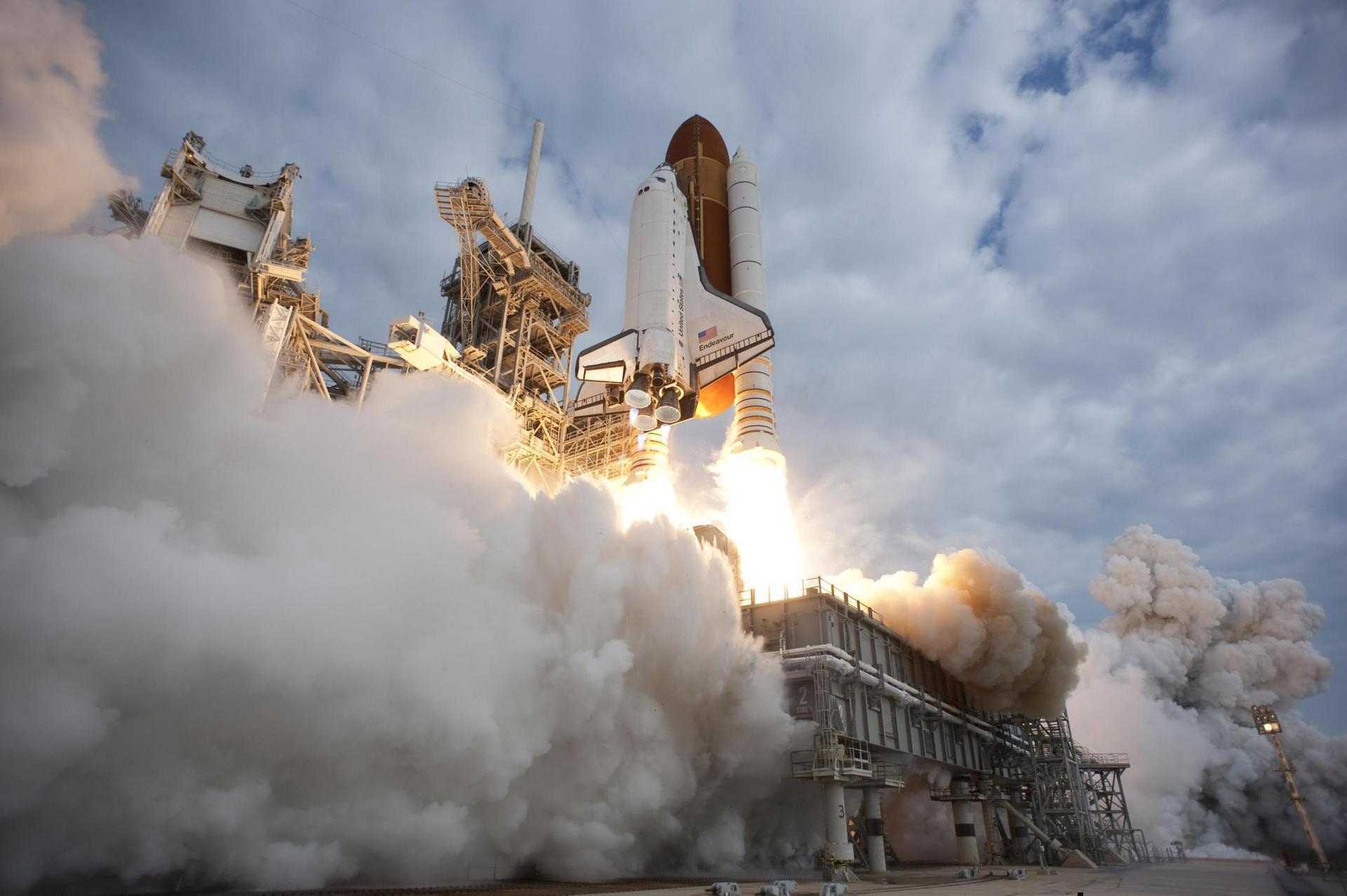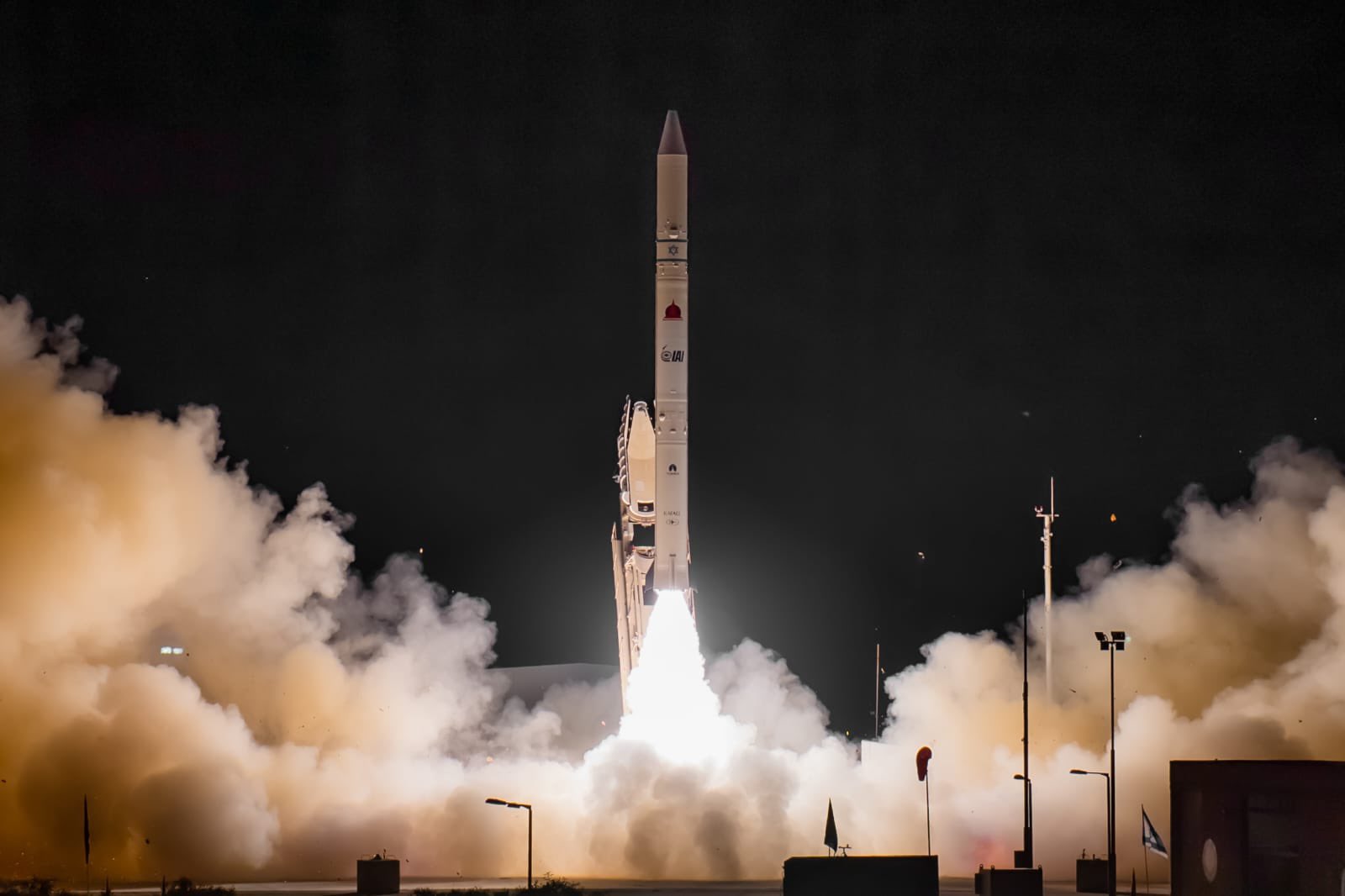Previous Spaceflight Launches
Filter by Agency, Locations or Vehicles
Show All LaunchesH-II | Kakehashi
Mitsubishi Heavy Industries | JapanTanegashima Space Center, Japan
Feb. 21, 1998, 7:55 a.m.
Delta II | Iridium 50, 52, 53, 54, 56
United Launch Alliance | United States of AmericaVandenberg SFB, CA, USA
Feb. 18, 1998, 1:58 p.m.
Status: Launch Successful
Mission:
Iridium provides global mobile telecommunications services using a constellation of 66 low earth orbit satellites in a 86.4° inclined orbit. Although 77 satellites were originally envisioned for the system and spawned the name based on the 77th element in the periodic table, the system has been scaled back. Motorola's Satellite Communications Group designed and manufactured the Iridium satellites with Lockheed Martin providing the LM-700A spacecraft buses.
Low Earth OrbitSoyuz-U-PVB | Yantar-1KFT 19
Progress Rocket Space Center | RussiaBaikonur Cosmodrome, Republic of Kazakhstan
Feb. 17, 1998, 10:35 a.m.
Delta 7420-10C | Globalstar 1 to 4
McDonnell Douglas | United States of AmericaCape Canaveral SFS, FL, USA
Feb. 14, 1998, 2:34 p.m.
Status: Launch Successful
Mission:
The Globalstar global mobile communications network offers global, digital real time voice, data and fax via a constellation of 48 minisatellites. The constellation operates in a 1410 km orbit inclined at 52 degrees, and will also have 8 spares. The satellites were built by Space Systems Loral and Alenia Aerospazio in Rome, Italy.
Low Earth OrbitTaurus 2210 | GFO
Orbital Sciences Corporation | United States of AmericaVandenberg SFB, CA, USA
Feb. 10, 1998, 1:20 p.m.
Status: Launch Successful
Mission:
The US Navy GFO (Geosat Follow On), is a 369 kg minisatellite based on the Techstar platform to carry on the mission of Geosat. It was launched on the 10th February 1998 on a Taurus-2210 from VAFB alongside two Orbcomm satellites, into a 789 × 881 km (779 × 790 km planned) 108 degree inclined orbit.
Low Earth OrbitAriane 44LP | Inmarsat-3 F5 & Brasilsat B3
Aérospatiale | FranceGuiana Space Centre, French Guiana
Feb. 4, 1998, 11:29 p.m.
Status: Launch Successful
Mission:
Launched in 1996-8, the Inmarsat-3s were built by Lockheed Martin Astro Space (now Lockheed Martin Missiles & Space) of the USA, responsible for the basic spacecraft, and the European Matra Marconi Space (now Astrium), which developed the communications payload. Brazil's second generation of communications satellites are the result of joint engineering and manufacturing efforts in the United States and Brazil. The new spacecraft are called the Brasilsat B series, and are widebody, more powerful versions of Hughes Space and Communications Company's popular HS-376 model. EMBRATEL, Brazil's telecommunications company, signed a contract in August 1990 for two spacecraft. In December 1995, with those new satellites in orbit and rapidly filling with customers, EMBRATEL exercised an option for a third spacecraft. A fourth was ordered in June 1998.
Geostationary OrbitAtlas IIA | NROL-5
Lockheed Martin | United States of AmericaCape Canaveral SFS, FL, USA
Jan. 29, 1998, 6:37 p.m.
Status: Launch Successful
Mission:
Satellite Data System (SDS) spacecraft are communication relay satellites for transmitting real-time data from US reconnaissance satellites (e.g. KH-11, Onyx, Topaz) in polar areas. They are also used for communications to USAF aircraft on polar routes and connect the various ground stations of the Air Force Satellite Control Network (AFSCN). The spacecraft relay the downlinked data to a ground station at Fort Belvoir, Virginia.
Elliptical OrbitSoyuz U | Soyuz TM-27
Russian Federal Space Agency (ROSCOSMOS) | RussiaBaikonur Cosmodrome, Republic of Kazakhstan
Jan. 29, 1998, 4:33 p.m.
Status: Launch Successful
Mission:
Soyuz TM-27 was the 35th mission and the 25th long-duration expedition to Mir space station. It was also a part of the US/Russian Shuttle-Mir Program. The mission began on January 29, 1998, 16:33:42 UTC, launching Commander Talgat Musabayev, Flight Engineer Nikolai Budarin and Research Cosmonaut Léopold Eyharts into orbit. They docked with Mir two days later. During their stay there, cosmonauts performed several EVAs and various scientific experiments in medicine, biotechnology, Earth sciences etc. Station crew was visited by several Progress resupply spacecrafts, STS-91, and welcomed aboard Soyuz TM-28 with the next expedition crew. The mission concluded with a safe landing back on Earth on August 25, 1998, 05:24:44 UTC.
Low Earth OrbitSpace Shuttle Endeavour / OV-105 | STS-89
National Aeronautics and Space Administration | United States of AmericaKennedy Space Center, FL, USA
Jan. 23, 1998, 2:48 a.m.
Shavit-2 | Ofeq-4
Israel Aerospace Industries | IsraelPalmachim Airbase, State of Israel
Jan. 22, 1998, 12:56 p.m.
Status: Launch Failure
Mission:
Intended for surveillance of Israel's neighbours, the Ofeq series is unusual in having a retrograde orbit. This is due to the geographical location of Israel, which gives only an unobstructed launch path over the mediterranean sea. It is similar to the EROS-A civilian Earth observation satellite. Ofeq 4 (which was possibly the prototype EROS-A satellite) was lost in an launch failure in early 1998.
Low Earth Orbit